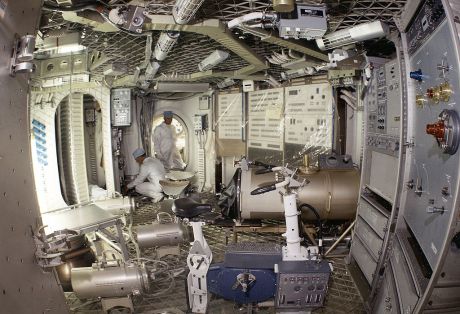
The cardiovascular system relies on a complex synergy of control mechanisms to maintain blood pressure and cerebral perfusion, but the system malfunctions during astronauts' re-entry from space. New studies of mechanisms will improve countermeasures.
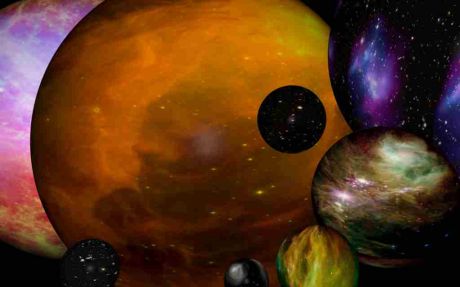
Occasionally, gigantic bubbles of magnetized gas billow away from the Sun and could trigger geomagnetic storms when they reach Earth. EU-funded scientists looked into magnetic field lines twisting up in our star's atmosphere to find how they are launched from the Sun'.
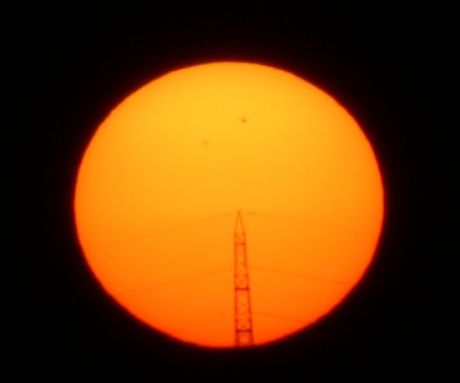
Having reached the peak of its 11-year activity cycle, our planet's mother star has been acting up –and scientists are ready for it. By meticulously studying the Sun, they are able to understand better, and potentially predict, solar eruptions that spew huge amounts of dangerous energetic particles towards Earth.
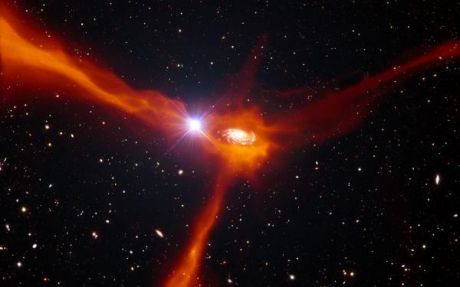
Black holes, neutron stars and novae are some of the Universe's marvels generating gamma, the most energetic form of radiation. EU-funded scientists shed further insight into burning questions such as what produces this much energy.
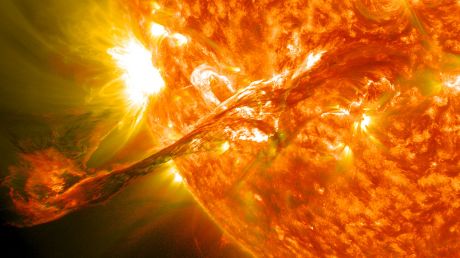
An EU-funded initiative is bringing together the European research institutions, infrastructures (telescopes), and data repositories with the aim of helping the solar physics community prepare for operation of the European Solar Telescope (EST).
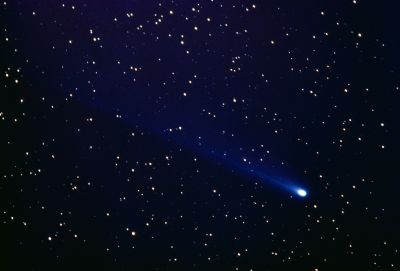
The first generation of galaxies marked with their formation the end of our Universe's dark ages and the beginning of the epoch of reionisation. This transition to a new era has been unravelled by EU-funded scientists through the largest, to date, simulations of the transformation of the intergalactic medium from neutral to ionised.
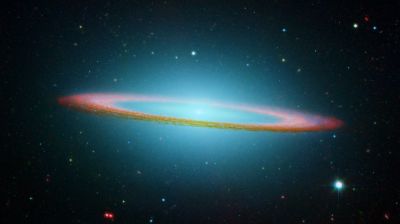
To trace the origins of Earth and life in the Universe, EU-funded scientists studied planet formation and evolution, including the material around stars where planets form.
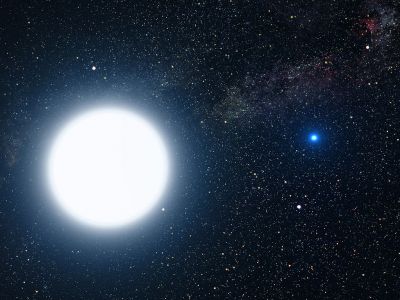
For the next decade, the European Space Agency (ESA) has scheduled new missions for X-ray and far-infrared astronomy equipped with large detector arrays of high sensitivity. An EU-funded project aimed to speed up these developments by addressing the restricted amount of available power at low temperatures.
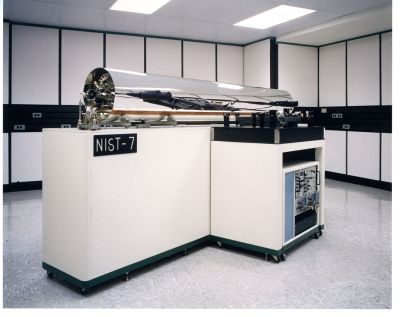
EU-funded researchers are well on their way to delivering transportable optical clocks with frequency instability below 1x10-16 and fractional inaccuracy below 5x10-17. Their performance will eventually be improved to be about two orders of magnitude higher than today's most stable and accurate microwave clocks.
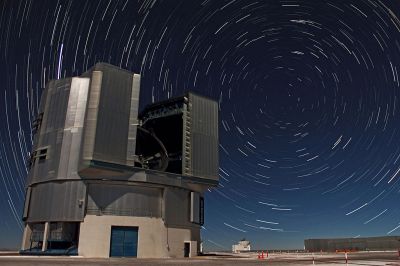
An EU-funded initiative brought together Europe's national and international agencies to ensure that astronomers can carry out their research with state-of-the-art optical and infrared telescopes.
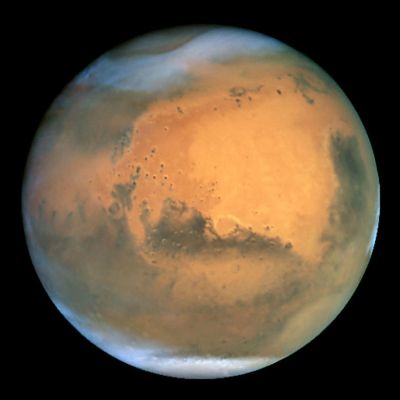
While space agencies are planning a human mission to Mars in the not too distant future, the exposure to ionising radiation during deep space missions is considered to be one of the major barriers for deep space exploration. EU funded FP7 project SR2S is addressing the need for radiation mitigation tools. The project partners are designing and developing a magnetic shield to protect astronauts during these types of future missions.
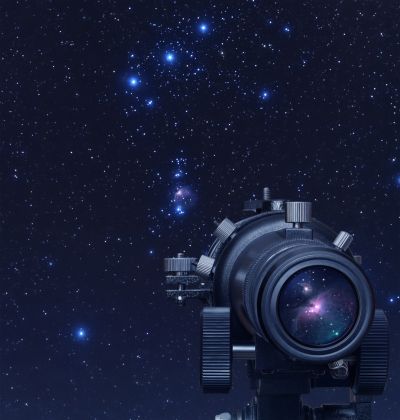
One question that astronomers still try to answer is when in the history of our Universe were the stars in galaxies born. Measuring star formation rates (SFRs), although extremely challenging even in our home galaxy, offers an opportunity to test hypotheses for how galaxies have grown and evolved.
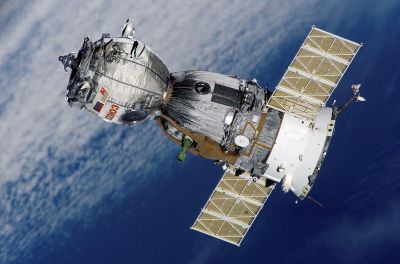
Spacecraft carry tremendous amounts of instrumentation that require electricity. Scientists are developing a novel form of nuclear energy for heat-to-electricity conversion with no moving parts.
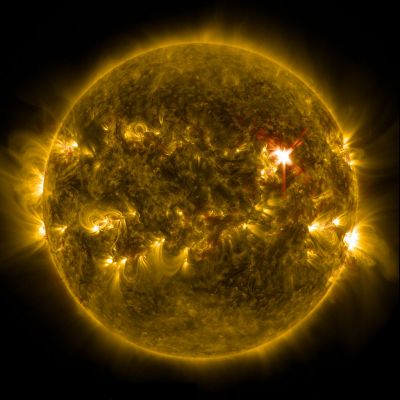
The Sun exerts its effects in many more ways than simply providing light and heat. Scientists have greatly deepened understanding of the Sun's powerful bursts of radiation that affect the Earth's atmosphere and its inhabitants and their devices.

Using the continuous datastream from the National Aeronautics and Space Administration's (NASA) Kepler Mission and cutting-edge ground-based instrumentation, EU-funded astronomers are learning more about small planets in our galaxy.
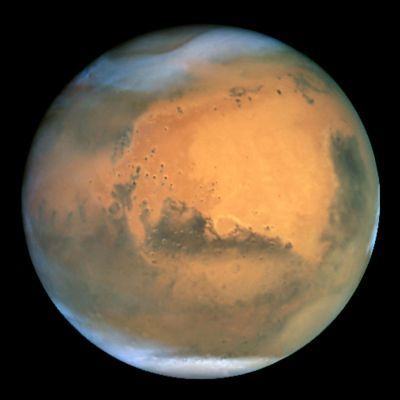
In the near future, we could see humans living and working on Mars and other inhospitable locations. Many environments on Earth are just as hostile as those found on other planets. EU-funded researchers are developing a space house for supporting life in extreme environments both on and off the Earth.
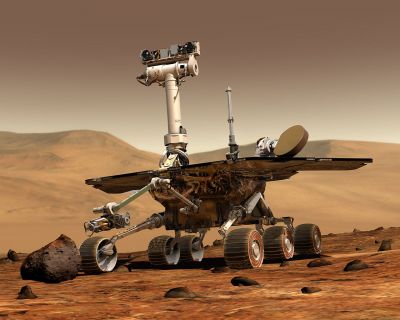
Despite the numerous manned and robotic missions, planetary environments in our solar system remain vastly uncharted. Starting with the most accessible planet, Mars, EU-funded researchers are now collecting all data returned so far to assemble highly realistic 3D surface images.
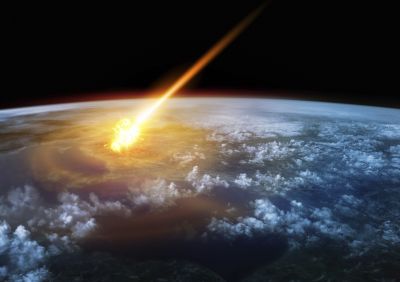
Because of the absence of validated predictive models, today most ablation materials are developed by an iterative trial-and-error process and are not in line with the latest safety rules. An EU-funded project develops key technologies for improvements in efficiency and cost for a new generation of high temperature materials.
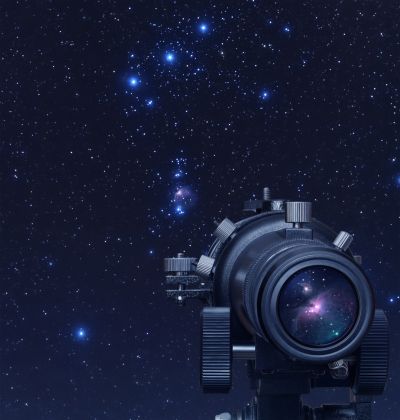
In the course of an EU-funded project, gravitational lensing has proven to be an exceptionally powerful tool for studying faint galaxies at the edges of the observable Universe.
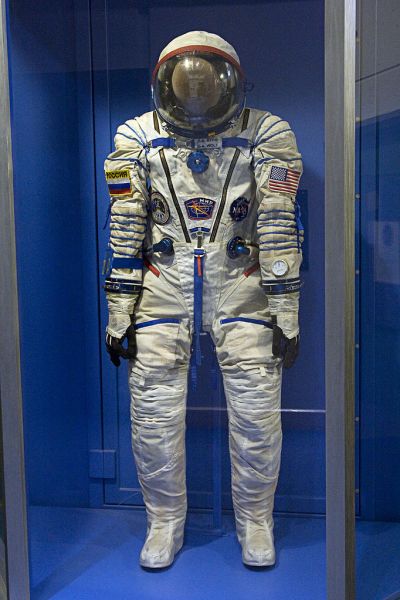
Future explorers on the Moon and Mars could be outfitted in a new type of astronaut's suit, a 'smartsuit' that will mitigate the pernicious effects of weightlessness and motor inactivity.
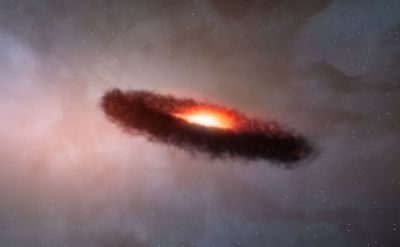
Circumstellar discs spinning around newly born stars are modern day alchemists, transforming dust and gas into astronomical gold: planets. How exactly remains a mystery on which an EU-funded project aims to shed light.
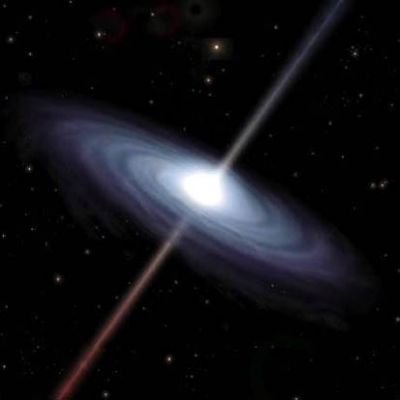
Since its introduction 100 years ago, the theory of general relativity has been proven to be an accurate description of gravity. Recently, physicists posited that Einstein's equations aren't the whole story and searched for what corrections are needed to describe matter around black holes.
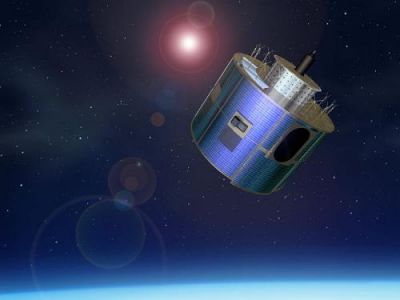
As every gramme and centimetre matters when launching satellites into orbit, an EU-funded project is working on minimising the size and weight of their attitude control systems.
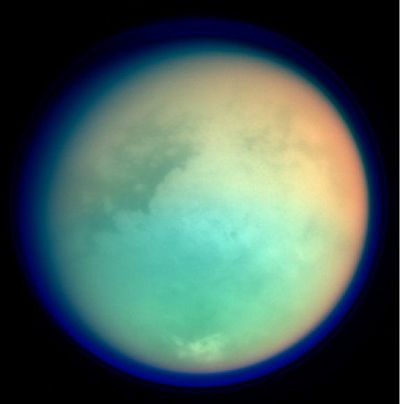
The largest satellite of Saturn, Titan is one of the few moons in our solar system with a thick and hazy orange atmosphere whose formation and chemical composition are far from well understood. No wonder this tempting target for space missions was one of huge scientific value for EU-funded researchers.
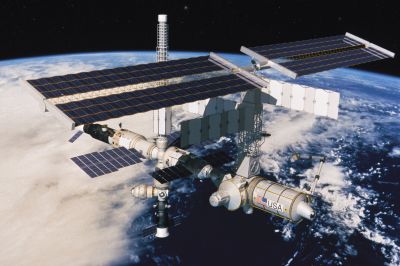
Kepler, a planet-hunting spacecraft, has revealed acoustic waves generated deep inside stars that ripple their surface and alter their brightness. These starquakes have helped EU-funded astronomers better understand the structure and future of thousands of stars.
























